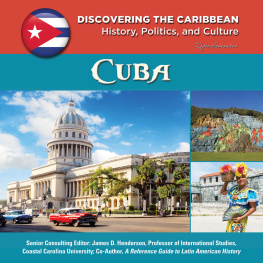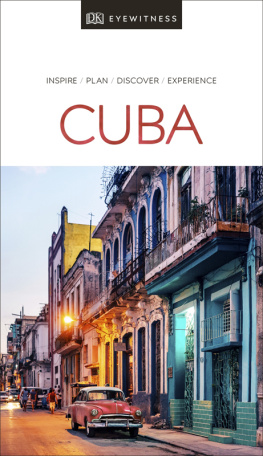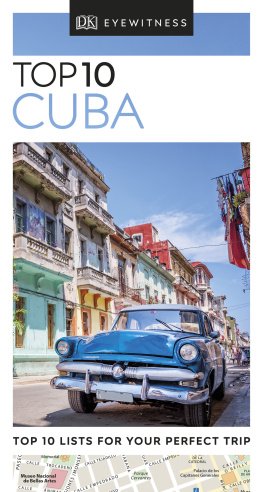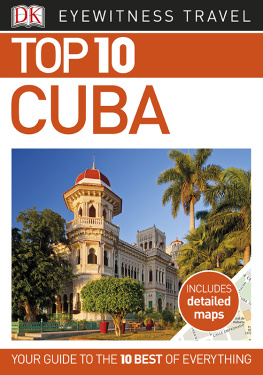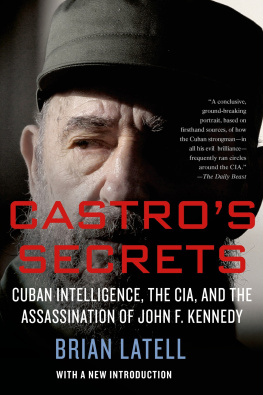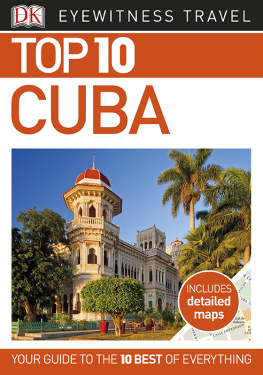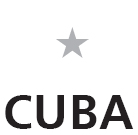
SERGIO GUERRA VILABOY holds a Ph.D. in philosophy from the University of Leipzig. He is head of the History Department at the University of Havana and is executive secretary of the Association of Latin America and Caribbean Historians. He is also on the editorial boards of several magazines, including Tzintzun and Ula (Mexico), Investigacin y Desarrollo (Colombia), K-Ey Latinoamericano (Venezuela) and Contexto Latinoamericano (published by Ocean Sur); he has given talks at a number of universities; and has written several books, including Paraguay: de la independencia a la dominacin imperialista (1991), Los artesanos en la revolucin latinoamericana (2000), El dilema de la independencia (2000), Cinco siglos de historiografa latinoamericana (2003), Historia de la Revolucin Cubana (2005), Breve historia de Amrica Latina (2006) and Ernesto Che Guevara (2007).
OSCAR LOYOLA VEGA holds a Ph.D. in history and was deputy dean of the School of Philosophy and History at the University of Havana between 1993 and 1997 and presided over its Doctoral Commission. He has given talks at universities in a number of countries and co-authored several books, including La Guerra de los Diez Aos (1989), Cuba y su historia (1999) and Historia de Cuba 1492-1898. Formacin y liberacin de la nacin (2001).


Cover design by Runa Kamijo
Copyright 2010 Sergio Guerra Vilaboy and Oscar Loyola Vega
Copyright 2010 Ocean Press
Translated by Mary Todd
All rights reserved. No part of this publication may be reproduced, stored in a retrieval system or transmitted in any form or by any means, electronic, mechanical, photocopying, recording or otherwise, without the prior permission of the publisher.
ISBN 978-0-9872283-4-5 (e-book)
Library of Congress Catalog Card Number 2010920611
First edition 2010
Second printing 2012
Third printing 2013
Fourth printing 2014
PUBLISHED BY OCEAN PRESS
PO Box 1015, North Melbourne, Victoria 3051, Australia
E-mail:
OCEAN PRESS TRADE DISTRIBUTORS
United States:Consortium Book Sales and Distribution
Tel: 1-800-283-3572 www.cbsd.com
Canada:Publisher Group Canada
Tel: 1-800-663-5714 E-mail:
Australia and New Zealand:Palgrave Macmillan
Tel: 1-300-135 113 E-mail:
UK and Europe:Turnaround Publisher Services
Tel: (44) 020-8829 3000 E-mail:
Cuba and Latin America: Ocean Sur
E-mail:

| www.oceanbooks.com.au |
Contents
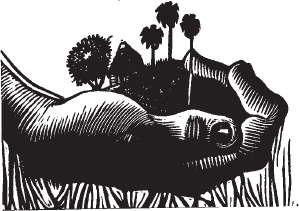
The fairest island human eyes have yet beheld It is certain that where there is such marvellous scenery, there must be much more from which profit can be made.
Christopher Columbus, October 24, 1492
Christopher Columbus reached the northern coast of eastern Cuba on October 27, 1492. The Cuban archipelago, consisting of one large island, several smaller ones and hundreds of islets, amazed the Spaniards. They found Cuba a very pleasant sight, with its great variety of flora, beautiful scenery, delightful climate and low mountains, Turquino Peak being the highest at 6,476 feet (1,974 meters) and gentle rivers, like the Cauto, which flows for 213 miles (343 kilometers).
Indian peoples had apparently lived in Cuba for around 10,000 years, the first groups arriving from the Mississippi and Florida regions by way of Grand Bahama Island. Later waves of Arawaks arrived from what is now Venezuela and Central America, island-hopping along the Antilles. These migrations were still occurring in 1492.
The indigenous peoples of Cubathe Guanahatebeys, Siboneys and Tainoswere generally hunters, gatherers, fishermen and early farmers. These groups of Indians never attained the cultural complexity and development of other societies in South and Central America, but some developed rudimentary agriculture and pottery. They grew tobacco, corn and yucca and lived in small hamlets either inland or on the banks of rivers.
By the time the Spaniards appeared on the scene, some of these societies had already achieved greater complexity, reflected in the custom of burying their dead and the emergence of a social division of labor, distinguishing between the tribal chief, the religious leader and the rest of the community. They also played sports, called batos, engaged in ceremonial songs and dances, and portrayed their surroundings in pictographs. The Spaniards arrival halted the development of these indigenous societies in Cuba and almost entirely wiped them out.
Under the Santa Fe Pact signed by Christopher Columbus and the Catholic Monarchs, Isabella and Ferdinand, Columbus was to sail around the earth to reach Cipango and Cathay, in Asia. The pact stated how much of the booty obtained on the voyage would go to the contracting parties and how much the sailors would receive.
Cuba had almost none of the gold and silver the Spaniards sought for their nascent capitalist economy in Europe, so Columbus prioritized the colonization of Hispaniola to the east (the Dominican Republic today). On his second voyage, in 1493, he skirted the southern coast of Cuba, putting ashore near Cape San Antonio in the western part of the island, and he forced his crew to sign a document stating they had reached the mainland. He then returned to Hispaniola, which he viewed as more important; for the next 15 years, the Spanish monarchy displayed very little interest in Cuba.
In 1508, Nicols de Ovando, governor of Hispaniola, was instructed to organize an expedition to circumnavigate Cuba. Sebastin de Ocampo carried out this order and proved it was an island. A conflict developed between the Castilian monarchs and Columbuss son, Diego Bartolom Columbus, the new governor of Hispaniola. So it was Diego Velzquez, rather than Diego Bartolom Columbus, who was appointed governor of Cuba in 1510 and he was ordered to begin the conquest and colonization of the island.
Velzquez arrived in Cuba near what is now Mais and faced little resistance from the indigenous population. He founded Nuestra Seora de la Asuncin de Baracoa, the first Spanish settlement in Cuba, at the end of 1510 and the beginning of 1511. The Spaniards soon expanded throughout the island: a brig went along the northern coast; a column of men under the command of Francisco de Moraleswho was soon replaced by Pnfilo de Narvez, a close friend of Velzquezsadvanced through the central part of the island; and Velzquez himself traveled along the southern coast. None of the indigenous people put up much resistance, except for Hatuey, an Indian chief from Hispaniola, who was burned at the stake. So the conquest was quickly achieved.
Six new settlements were founded between 1512 and 1515 at San Salvador del Bayamo, Santsima Trinidad, San Cristbal de La Habana, Sancti Spritus, Santa Mara del Puerto del Prncipe and Santiago de Cuba (which replaced Baracoa as the seat of the islands government). Some of these settlements were later moved to their present locations.
Next page

